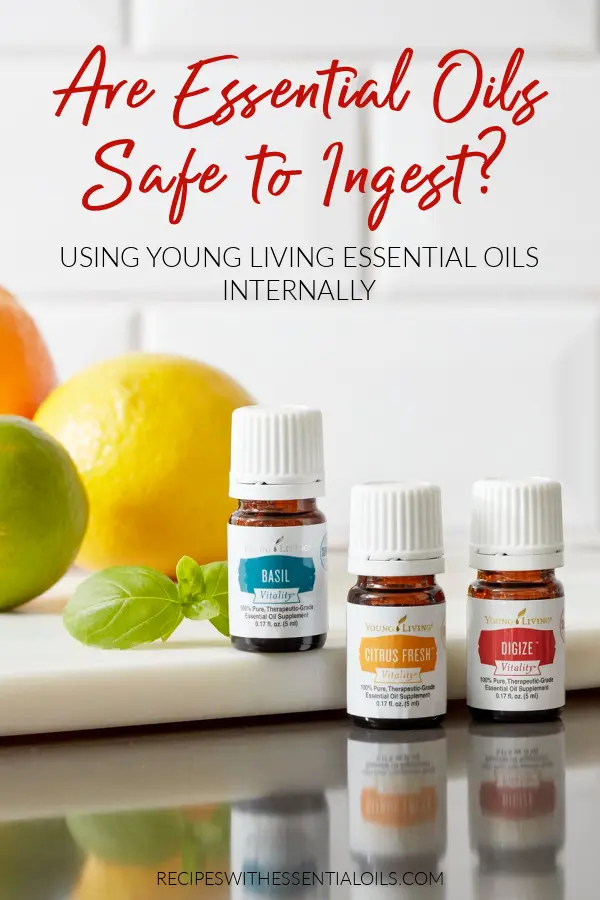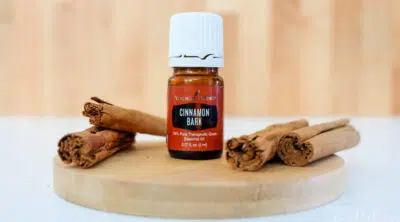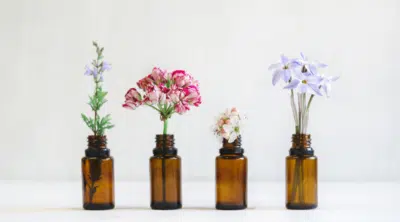It’s important to remember that essential oils are highly concentrated plant essences. Not all essential oils are created equally. Be sure that the food and beverage recipes you are creating use only essential oils that are safe for ingestion. You might be wondering, are essential oils safe to ingest?
Are Young Living Essential Oils Safe to Ingest?
Young Living’s Vitality oils are guaranteed pure according to Young Living’s Seed to Seal Guarantee and labeled according to FDA guidelines for ingestion. They are also Non-GMO Project Verified and EarthKosher Certified.
Most individuals can safely use Young Living Vitality essential oils in food and drink recipes with no issues. Individuals with health conditions, those on prescription or over-the-counter medication, and people who are pregnant or nursing should consult their physician before using essential oils. See more safe usage tips here.
What Does the FDA Say About Ingesting Essential Oils?
The US Food and Drug Administration (FDA) monitors and regulates all food additives and flavorings. Some essential oils have been noted by the Food and Drug Administration to be generally regarded as safe when ingested in commonly used amounts.
Note: Make sure that you keep in mind any medical conditions or contraindications before ingesting essential oils. Before taking essential oils internally, test your reactions. Dilute one drop of essential oil in one teaspoon of an oil-soluble liquid like blue agave, olive oil, or rice milk, and watch for any reactions after ingesting.
If you intend to consume more than a few drops of diluted essential oil per day, it is recommended that you first consult a health professional. See more safe usage guidelines here.
Vitality essential oils (with a white label) are labeled for aromatic, topical, and internal use. The instructions for dosing are listed on every bottle. Always read the Young Living product label before using an essential oil.
New to essential oils? Learn more about how we use them and why you should use them as well.
Find out more:
- What are essential oils?
- How to Safely Store and Handle Essential Oils
- How do you replace extracts/flavorings with essential oils?
- Why did we choose Young Living essential oils?
- How do I order Young Living Essential Oils?
*Disclaimer: Only ingest essential oils that are 100% pure, therapeutic grade and noted to generally be regarded as safe by the US Food & Drug Administration. These products are not intended to diagnose, treat, cure or prevent any disease. If you are pregnant, nursing, taking medication, or have a medical condition, consult your physician before using these products. Information found on this site is meant for educational and informational purposes only. You should make your own health care and dietary decisions based upon your own research and in partnership with your health care provider. This information should not be relied upon to determine dietary changes, a medical diagnosis or courses of treatment. Individual articles and information on other websites are based upon the opinions of the respective authors, who retain copyright as marked.





Leave a Reply